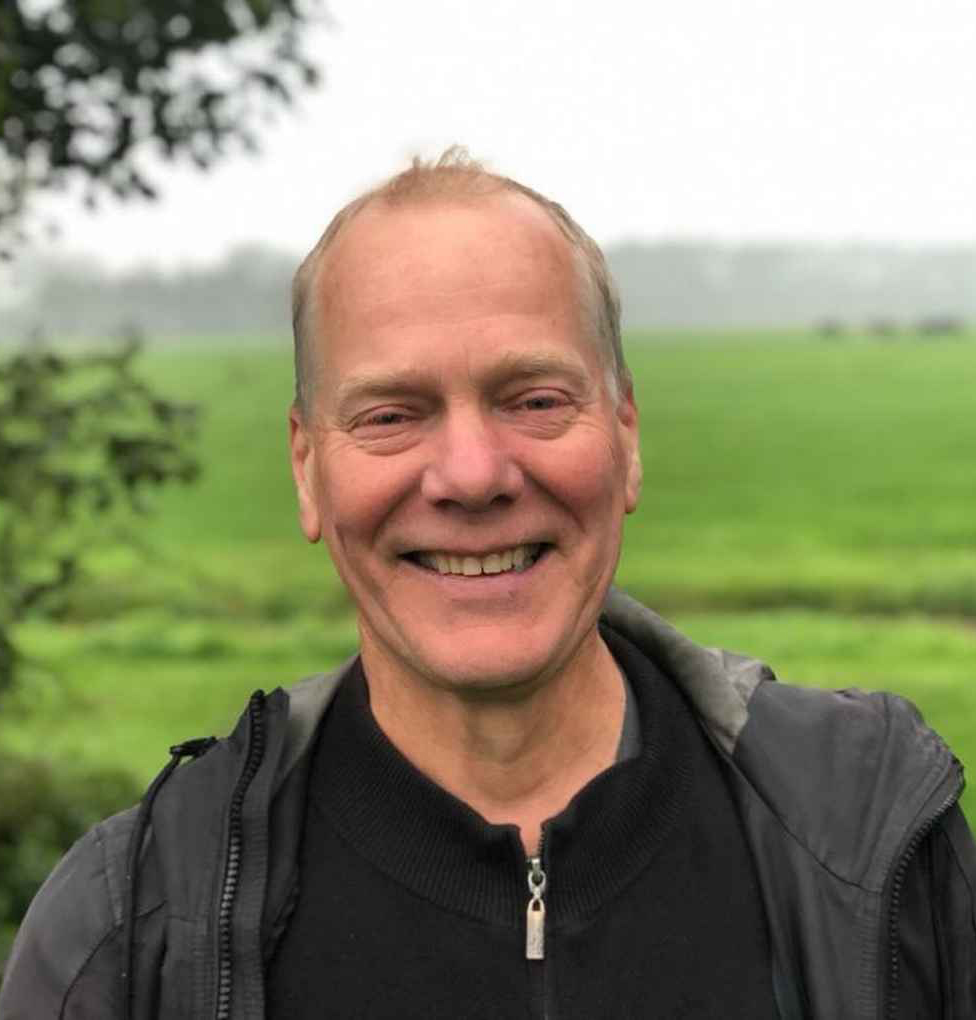A New Archipelago of 5 Biomatrix Floating Islands Incorporating 6 Module / Habitat Types Provides Habitat Connectivity in Amsterdam
October 26, 2023
Five new Floating Ecosystems installed in June in Zeeburgereiland, Amsterdam are thriving. These floating islands will support wildlife, providing habitat stepping stones for important local species, with specific features designed to accommodate species of local importance such as the Eurasian Water Shrew. These islands form an important connection feature in the Dutch National Ecological Network.
Watch this video to see wonderful drone footage of the installation and current footage of the Floating Ecosystems with from above and below the water.


These islands will fulfill multiple purposes, safeguarding indigenous flora and fauna while establishing links between green spaces and wildlife habitats in the region. The five islands total 730m2 supporting over 8,500 native plants with 40 species now flourishing. Just 4 months after installation the plants are well established and the first water shrew has been spotted sheltering along the edges of the internal pool and submerged wetland area.
Example of a Eurasian Water Shrew Photo by Charlie Marshall (Flickr)

Mushrooms growing in the 5D planting media

These islands are specifically engineered with complex habitat types for the water shrew and other local species, showcasing a fusion of sis different module/habitat types including:
- Biomatrix 3D Modules with planting lanes
- Biomatrix 5D Modules with Clay and wood infill media supporting mycelium and gravel habitat types
- Sloping wetland edges
- Submerged wetland levels
- Contained open water pools
- Elevated high buoyancy sections, with infill material for burrowing and shrub planting
The Eurasian Water Shrews’ habitat is being lost in this area due to development and so it is exciting that they have found this new home! Water shrews are the only diving mammals. They can dive to depths of over 70 cm, conducting both aquatic and terrestrial hunting. These creatures travel up to 160 meters along water edges in search of sustenance and shelter. They create intricate burrow systems, measuring about 2 cm wide, lining them with grass and leaves. Remarkably, they remain active throughout the winter and do not hibernate.

During the installation, the team had to navigate the Floating Ecosystems into position going through the canals by boat. Waternet provided expert waterway knowledge and boat support, and Rijkswaterstaat has supported the project with the provision of navigational marker buoys.



The University of Amsterdam is monitoring the ecosystems along with Amsterdam City Council. They will study which species gravitate towards and utilise these Floating Ecosystems.

“These Floating Ecosystems will form a connection between T Gooi and Waterland, the islands will function as stepping stones for animals to get across from one to the other.”
Geert Timmermans
Amsterdam City Ecologist

Amsterdam’s city counsellor Reinier van Dantzig inaugurated the installation in June, personally adding the finishing touches and planting the last aquatic plants. He commended these Floating Ecosystems as a “distinctive innovation for the Netherlands.”
